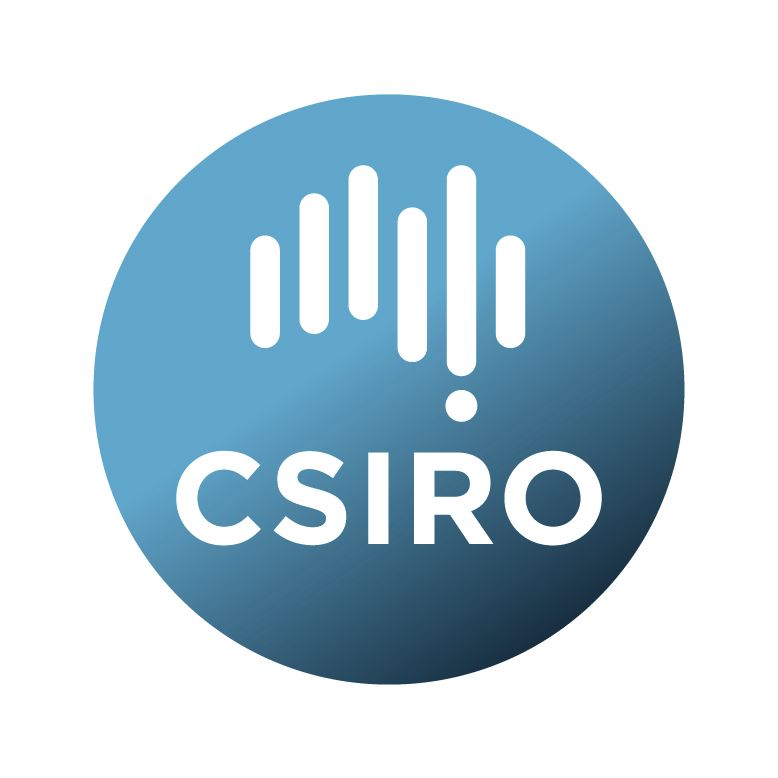Brief description
Introduction: Idiopathic pulmonary fibrosis is clinical entity defined by specific radiological and/or histological criteria. It is clear that IPF disease behaviour may be vastly different in each individual. Prediction of an individual’s disease trajectory is crucial to their management, but a mechanism by which to do this is currently lacking.Aims: In the current study, using data from the Australian IPF registry (AIPFR), we aimed to identify a panel of the most predictive factors useful for disease progression.
Methods: Specifically, we developed the outcome of interest as positive if either a 10% drop in FVC, a 15% drop in DLCO, transplant or death was observed, and negative otherwise. To define the panel’s utility, we designed one set of analyses specific to a patients first presentation, and a second specific to a follow up presentation, where change in FVC and DLCO in the last 6 months were known. Using a suite of machine learning algorithms, we assessed approximately250 different demographic and clinical risk factors measured by the AIPFR to define the risk of progression in the next 12 months. Final predictive capability was measured via a combination of logistic regression and receiver operating characteristic (ROC) analyses.
Results: The optimal combination of risk factors to predict progression upon first presentation included exposure to prednisone, patient’s percent predicted DLCO and FVC, clubbing, WHO functional class and two individual components from the SGRQ; medication side effects and feeling breathless walking at home. This combination resulted in an AUC of 0.75 (95%CI:0.7–0.79), with sensitivity, specificity and accuracy for the model at 61%, 79% and 70% respectively. To predict progression at follow-up, features included 6-month change in raw DLCO & FVC, percent predicted DLCO, cough severity on visual analogue scale, pulmonary hypertension, and two components of the SGRQ: medication side effects and a feeling of public discomfort. Predictive values increased, with the AUC reaching 0.813 (95%CI:0.78–0.85), with sensitivity, specificity and accuracy for the model at 75%, 72% and 73% respectively.
Innovative contribution to policy, practice and/or research: Using a data driven approach to identify markers of progression this work has defined a panel of features that can be routinely followed up by practitioners to identify probability of progression in the next 12 months.
Lineage: The app was written using R statistical software, and implemented using the R Shiny package. Data was obtained through Australian IPF registry.
Available: 2022-07-08
Data time period: 2021-10-25 to 2022-10-24
Subjects
Disease prediction |
Health Sciences |
Preventative Health Care |
Public Health |
Pulmonary Fibrosis |
User Contributed Tags
Login to tag this record with meaningful keywords to make it easier to discover
Identifiers
- Local : 102.100.100/432016


